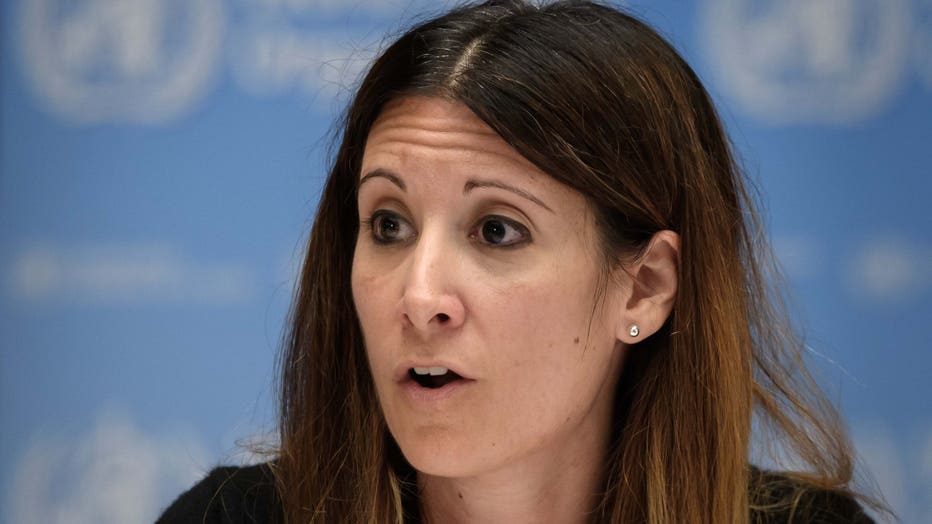WHO acknowledges 'emerging evidence' that coronavirus can spread through the air
GENEVA - The World Health Organization on Tuesday acknowledged “emerging evidence” that the novel coronavirus can spread through the air. The acknowledgement comes a day after more than 200 scientists outlined evidence on the subject in an open letter to the organization.
The WHO has long maintained that COVID-19 is spread via larger respiratory droplets, most often when people cough or sneeze, that then fall to the ground. The health organization has dismissed the possibility of airborne transmission except in certain high-risk medical procedures, like when patients are first put on breathing machines.
However, in the letter published July 6 in the journal Clinical Infectious Diseases, two scientists from Australia and the U.S. wrote that studies have shown “beyond any reasonable doubt that viruses are released during exhalation, talking and coughing in microdroplets small enough to remain aloft in the air.”
That means people in certain indoor conditions could be at greater risk of being infected than was previously thought.
RELATED: CoronavirusNOW.com, FOX launches national hub for COVID-19 news and updates
Dr. Benedetta Allegranzi, WHO’s technical lead for infection prevention and control, said during a media briefing Tuesday that the global body believes it must “be open to this evidence and understand its implications regarding the modes of transmission, and also regarding the precautions that need to be taken.”
WHO also said it has had an active engagement with the scientists who wrote the letter.
“We have been talking about the possibility of airborne transmission and aerosol transmission as one of the modes of transmission of COVID-19, as well as droplets,” said Dr. Maria Van Kerkhove, WHO’s technical lead for COVID-19 and an infectious disease epidemiologist.

World Health Organization COVID-19 technical lead Dr. Maria Van Kerkhove attends a press conference amid the COVID-19 outbreak at WHO headquarters in Geneva on July 3, 2020. (Photo by FABRICE COFFRINI/POOL/AFP via Getty Images)
Van Kerkhove said WHO is working on a scientific brief summarizing what is known about virus transmission. It will be shared in the coming days.
“It is important that what we know fits into the guidance that we have,” Van Kerkhove added.
RELATED: Nearly 240 scientists urge WHO to acknowledge coronavirus can spread in air
Titled “It is Time to Address Airborne Transmission of COVID-19,” the letter published on Monday was endorsed by 239 scientists from a variety of fields. It stated that the issue of whether or not COVID-19 was airborne was of “heightened significance,” as many countries stop restrictive lockdown measures and businesses reopen.
The authors cited previous studies suggesting that germs closely related to the new virus were spread via airborne transmission. They said “there is every reason to expect” that the coronavirus behaves similarly. They also cited a Washington state choir practice and research about a poorly ventilated restaurant in Guangzhou, China, each of which raised the possibility of infections from airborne droplets.
RELATED: How risky is dining out during the COVID-19 pandemic?
“We are concerned that the lack of recognition of the risk of airborne transmission of COVID-19 and the lack of clear recommendations on the control measures against the airborne virus will have significant consequences,” the scientists wrote. “People may think they are fully protected by adhering to the current recommendations but in fact, additional airborne interventions are needed.”
WHO has been criticized in recent weeks and months for its seeming divergence from the scientific community. The organization for months declined to recommend mask-wearing, partly out of supply concerns. It has also continued to describe the transmission of COVID-19 from people without symptoms as “rare.”
Scientists around the world have been working furiously to understand the new virus. The U.S. Centers for Disease Control and Prevention says it is thought to mainly jump from person to person through close contact, but adds: “We are still learning about how the virus spreads.”
This story was reported from Cincinnati. The Associated Press contributed.

